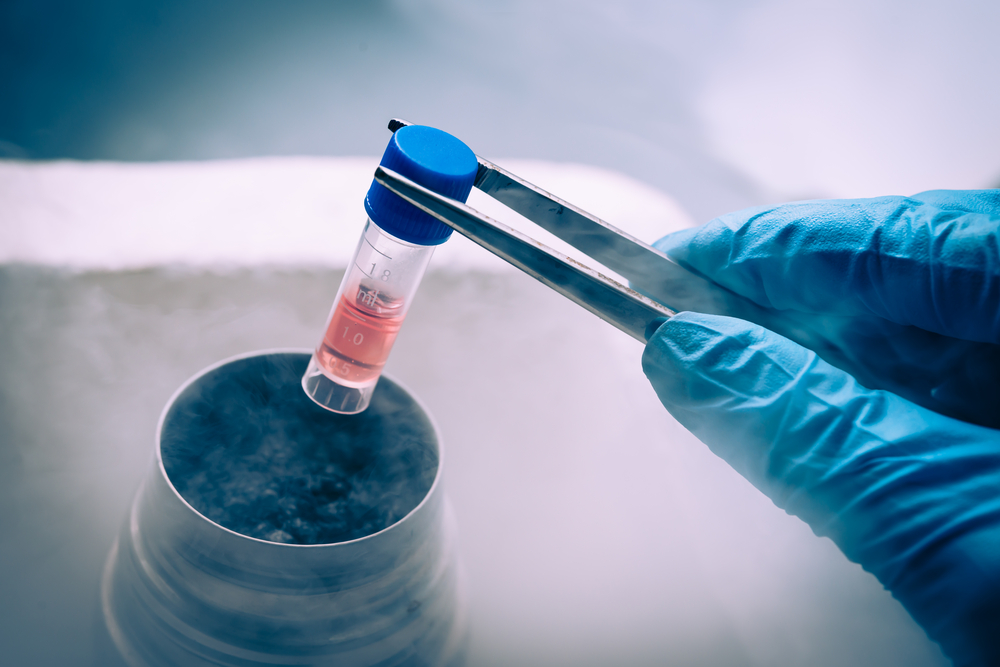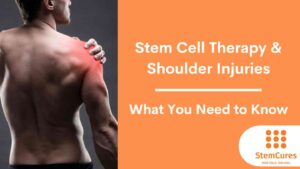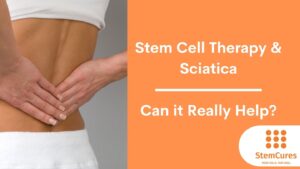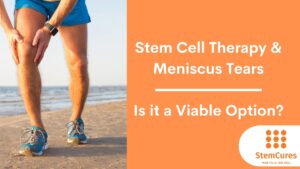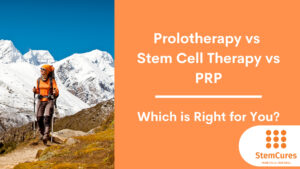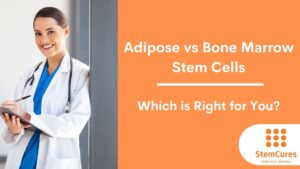How Stem Cells Are Harvested
Stem cell harvesting is the procedure of obtaining the stem cells to be used in the transparent. The process will go through various processes for a successful outcome. Every step is critical and must be carefully carried out to ensure quality. Here, we examine key aspects involved in gathering adult stem cells from donors.
Tests and Examinations
First, you will need several tests carried out to ascertain the condition of your overall health before the procedure can be carried out. The entire process will depend on you being healthy enough for the process to be carried out. If you are not healthy enough, the harvesting will not take place.
Any transplants, including bone marrow transplants, are more successful in people who are generally in good health. And this is in spite of their underlying conditions necessitating the stem cell transplant. Here are the key tests to be carried out:
Electrocardiogram or ECG:
This test will be used to check your heart’s electrical activity and rhythm.
Echocardiogram:
A test used to look at your heart and the blood vessels surrounding it.
An X-Ray – or Computerized tomography (CT Scan):
this test will check the condition and health of the other organs like the liver and lungs.
Blood tests:
To assess how well or how badly the kidneys and liver function. The test will also check the blood levels.
Biopsy:
In case you have cancer, you will require a biopsy. Here a small sample of the cancerous cells will be removed and analyzed to show whether your cancer is under control. The biopsy will also establish the chances of cancer returning after the transplant.
Harvesting the Stem Cells
After a general health check-up through the tests, the stem cells for the transplant will be removed then stored. There are three ways of harvesting these stem cells for storage for this process.
From Blood: The stem cell will be removed from your blood using a particular machine designed for this purpose called a cell separator machine.
From the Bone Marrow: In this case, a procedure will be carried out, and a sample will be removed from the hip bone. If it’s okay, the team of experts will remove the bone marrow.
From Cord Blood:
Donated blood from the umbilical cord and the placenta of a newborn baby will be used as the source of stem cells. This process is uniquely for expectant mothers.
It is possible to remove stem cells from your bone marrow or blood and transplant them later after cancerous or damaged cells have been removed. Nevertheless, even when this is impossible, donor stem cells from a donor’s blood can also be used.
Removing Stem Cells from Blood
There are several ways of removing stem cells from the blood. However, the most common one is temporarily removing the blood from your body. The stem cells will then be separated, and then the blood is returned to the body.
Before the removal, you will need medication to stimulate the production of stem cells in the blood. The stimulation will boost their numbers four days beforehand. Then on the fourth day, your medical team will carry out a test to establish if enough stem cells are circulating.
After establishing that the circulating stem cells are sufficient, they will connect the veins to tubes connected to a cell separator machine. Blood removed from one hand will pass through a filter before returning to the body through the other arm.
Notably, the procedure is not painful, so you will not need to be asleep or under any anesthesia. This process will take roughly three hours. If there are not enough cells collected, the medical team can repeat the procedure after a day or so
How to Harvest stem Cell from Bone Marrow
Your team of medical experts can use an alternative method of collecting stem cells. Here, you will have about a liter of bone marrow removed from your hip bone using a syringe and a needle. They will insert the needle into different parts of your hip until enough marrow is obtained.
You will need to be put under general anesthesia to carry out this procedure. Thus, you won’t feel any pain as the marrow is extracted from your hip. However, you may feel pain around the needle insertions afterward. The insertions will also leave needle marks on your hip but do not worry. They are tiny marks and may not be permanent.
Conditioning and Treatment
Before starting the treatment, you will need to be treated with high doses of chemotherapy and even radiotherapy before the stem cells can be transplanted to’;
Destroy existing bone marrow cells to make room for the new ones.
Destroy any cancer cells that may be existing
Reduce the risk of your transplant being rejected by stopping the immune system from working.
In addition, you will receive a range of medicines through a central line tube inserted near your heart. This main vein will enable the medication to be passed into your blood without the need for more injections.
You will also need to stay in the hospital as the conditioning process will take around a week. Unfortunately, the conditioning has some unpleasant side effects, but it has to be done. The side effects include morning sickness, tiredness, and loss of hair. Luckily, these side effects don’t last long. Your stem cell harvesting team will discuss the risks with you beforehand.
The Transplant
The stem cell transplant will usually take place one or two days after the conditioning. Then, the
stem cells will slowly be passed into your body through the central line. The process will only take a couple of hours. It is not painful, and you will therefore remain awake.
What Next?
Stem cell harvesting and transplant are not one-step treatments. It is a process that will take some time before it is completed. It is also worth noting that even if your body did not have enough stem cells to be harvested, you could still use donated stem cells that can be harvested from a willing donor. If you’re looking for the best stem therapy procedure, please contact StemCures for advanced treatment solutions.

